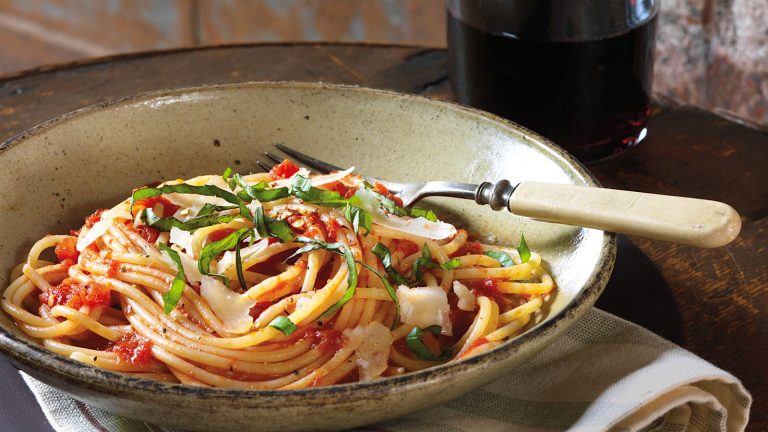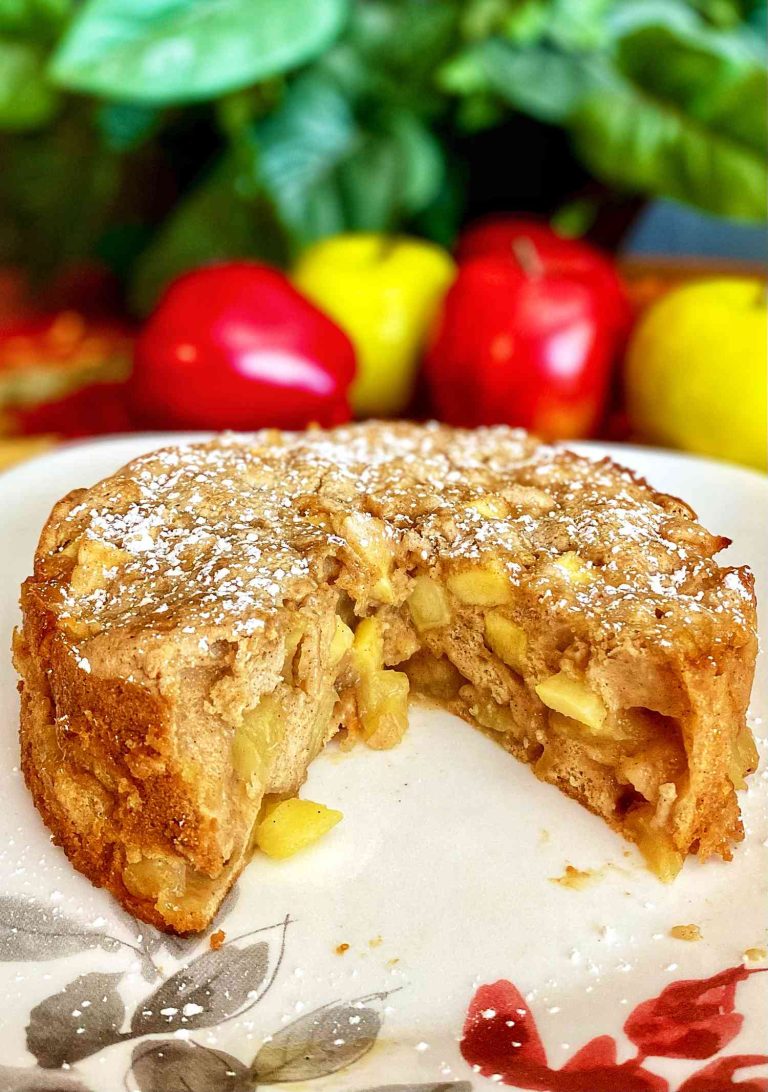Jezebel Sauce: A Southern Delight
Jezebel Sauce originated in the Southern United States. It became popular due to its bold flavor profile that combined sweetness from pineapple preserves with the spiciness of horseradish and mustard. Known for its culinary diversity, the South embraced Jezebel Sauce for its versatility in enhancing various dishes. Southern cooks often used it as a glaze for ham or a tangy dip during gatherings.
Evolution Over the Years
The recipe for Jezebel Sauce evolved as it spread beyond the South. Variations began to incorporate different ingredients to suit regional tastes. While the core components remained, some versions added apple jelly or apricot preserves. Modern adaptations sometimes include fresh herbs or spices for added complexity. Despite changes, Jezebel Sauce retained its identity as a unique, zesty condiment enriching culinary traditions nationwide.
Key Ingredients in Jezebel Sauce
Mustard and Horseradish Base
Mustard and horseradish form the pungent foundation of Jezebel Sauce. Mustard, usually in the form of prepared yellow or Dijon, provides a tangy contrast to the other flavors. The horseradish, often freshly grated or in a prepared sauce, delivers a sharp, spicy kick. Together, these ingredients create the characteristic boldness that defines Jezebel Sauce.
The Sweetness of Pineapple
The sweetness of pineapple balances the spice in Jezebel Sauce. Pineapple preserves or crushed pineapple add a natural sweetness that tempers the intensity of mustard and horseradish. This combination creates a harmonious blend, making Jezebel Sauce both tangy and sweet. The pineapple ensures the sauce maintains its distinct flavor profile, appealing to diverse taste preferences.
Culinary Uses of Jezebel Sauce
As a Condiment for Meats
Jezebel Sauce enhances many meat dishes. Its sweet and spicy profile complements ham, roast pork, and chicken. Use it as a spread on sandwiches or a topping for grilled meats. For example, add it to a ham sandwich, or spoon it over grilled chicken to create a unique and flavorful meal.
Jezebel Sauce in Marinades and Glazes
Incorporate Jezebel Sauce into marinades and glazes for added depth. Marinate meats like pork, beef, or chicken with the sauce, allowing the flavors to penetrate. Use it as a glaze by brushing it over your meat in the final stages of cooking. Glazing ribs or a roast with Jezebel Sauce infuses a tangy sweetness that’s hard to resist.
Comparing Jezebel Sauce to Other Condiments
Similarities to Other Sweet and Spicy Sauces
Jezebel Sauce shares common traits with other sweet and spicy sauces. Like mango salsa and peach chutney, Jezebel Sauce offers a blend of sweetness and heat. Each incorporates fruits and spicy elements to create a complex flavor. Pineapple preserves in Jezebel Sauce mirrors the sweet fruit base found in sauces like apricot-mustard glaze. Both use mustard for pungency. Horseradish in Jezebel Sauce adds heat, similar to how chili peppers kick up the spiciness in other sauces.
| Sauce Name | Sweet Component | Spicy Component |
|---|---|---|
| Jezebel Sauce | Pineapple preserves | Horseradish, mustard |
| Mango Salsa | Mango | Jalapeños |
| Peach Chutney | Peach | Red pepper flakes |
| Apricot-Mustard Glaze | Apricot preserves | Mustard |
Unique Features That Stand Out
Jezebel Sauce distinguishes itself through its unique combination of ingredients. While other condiments may utilize fruits, Jezebel Sauce specifically uses pineapple preserves, which provide a distinct tropical sweetness. The double impact of mustard and horseradish introduces a layered, pungent heat absent in most sauces. This combination results in a condiment that’s both sweet and spicy but with a depth of flavor that others lack. The versatility of Jezebel Sauce also sets it apart, seamlessly working as a spread, glaze, or marinade for a variety of dishes—from ham to chicken.
Health and Nutritional Information
Calorie Content and Nutritional Value
Jezebel Sauce offers a mix of flavors along with nutritional elements. A typical serving, about 2 tablespoons, contains around 40-50 calories. This serving size provides approximately 10-12 grams of carbohydrates, mainly from the sugars in pineapple preserves and the sweetness of jelly.
The sauce contains almost no fat and negligible protein. Sodium levels vary based on ingredient proportions but typically range between 100-150 milligrams per serving. Vitamins and minerals like vitamin C and potassium appear in small amounts due to the pineapple preserves and other fruit components.
Potential Health Benefits and Drawbacks
Jezebel Sauce brings both benefits and considerations to your diet. The vitamin C from pineapple preserves can support your immune system and skin health. Additionally, the horseradish offers potential antioxidant properties, supporting respiratory health.
On the downside, the sugar content can contribute to an increased calorie intake if consumed in large amounts. Monitoring portions helps manage this. Moreover, the sodium content may impact those with high blood pressure or sodium restrictions.
Incorporate Jezebel Sauce in moderation to enjoy its flavors without compromising your dietary goals.
Conclusion
Jezebel Sauce offers a delightful combination of sweet and spicy flavors that can elevate your culinary creations. Whether you’re using it as a spread, glaze, or marinade, its unique blend of ingredients like mustard, horseradish, and pineapple preserves ensures it stands out among other condiments. While it’s rich in taste, remember to enjoy it in moderation due to its sugar and sodium content. Embrace the versatility and health benefits Jezebel Sauce brings to your table and savor every bite.






